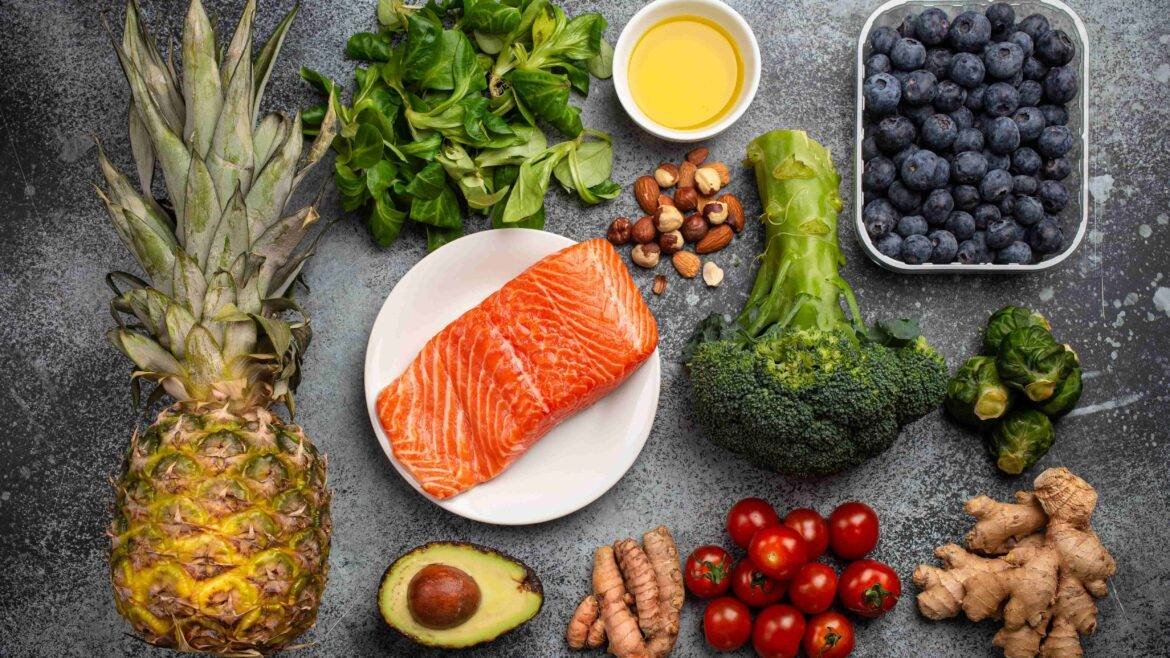Tags: anti inflammatory, anti inflammatory foods, anti inflammatory fruits, anti inflammatory vegetables, antiinflammatory foods, best anti inflammatory foods, diet types, different types of diets, foods good for inflammation, foods that help with inflammation, foods that reduce inflammation, healthy diet, high inflammatory foods, inflammatory foods, inflammatory foods list, inflammatory foods to avoid, list of foods that cause inflammation, low inflammation foods, most inflammatory foods, reduce inflammation, vegetables that cause inflammation, which food cause inflammation



